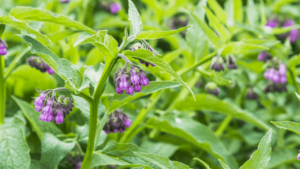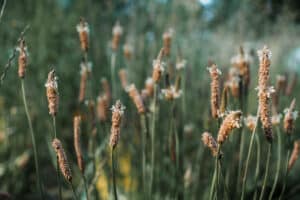So I was drinking my tea the other morning and thinking about my last video I did talking about digestive health and I realized that my tea was a great example of a particular and often overlooked method of gut healing with herbs: prebiotics.
With all the overuse of antibiotics and leaky gut syndrome, we all tend to focus on probiotics and fermented foods to restore the bacterial ecology of the GI- but what about prebiotics? These are important polysaccharide compounds are the food for the microflora in our intestines, helping them to continue to thrive and flourish. Whenever I’m helping a client re-establish their microflora and gut health I’m always thinking in terms of not just probiotics, but the prebiotics as well.
The 2 most prebiotic rich herbs in our western materia medica are Burdock root and Dandelion root, with Chicory and Elecampane being next in line. These 4 herbs contain constituent inulin, which is a prebiotic polysaccharide. If you’ve ever made a tincture of any of these herbs and let it sit for awhile and noticed a milky white layer settle out on the bottom that’s the inulin (it’s a heavy molecule thus it sinks).
Inulin is primarily soluble in hot water though, which is the best way to extract it. I usually take equal parts Burdock and Dandelion root, say an oz or 2, and simmer it in a quart of water and cook it down to a pint or so. Note you have to decoct it for awhile to extract the inulin, other it won’t work. I usually like to just make a big batch of crock pot tea and have it throughout the week.
But Dandelion doesn’t really taste very good (unless you like bitters!)- I find Burdock to be quite pleasant. So to make it a bit more palatable, I usually like to add a bit of Ginger and Licorice roots, which not only makes it taste great, but it also balances the humoral or energetic properties of the formula, warming up the cold property of the Dandelion, and bringing some moisturizing effects in with the Licorice (Burdock and Dandelion are alteratives and thus have a constitutional drying effect over the long term). Put a little homemade almond or coconut milk and voila, a tasty gut restorative tea.
Try it out and let me know what you think below!!







